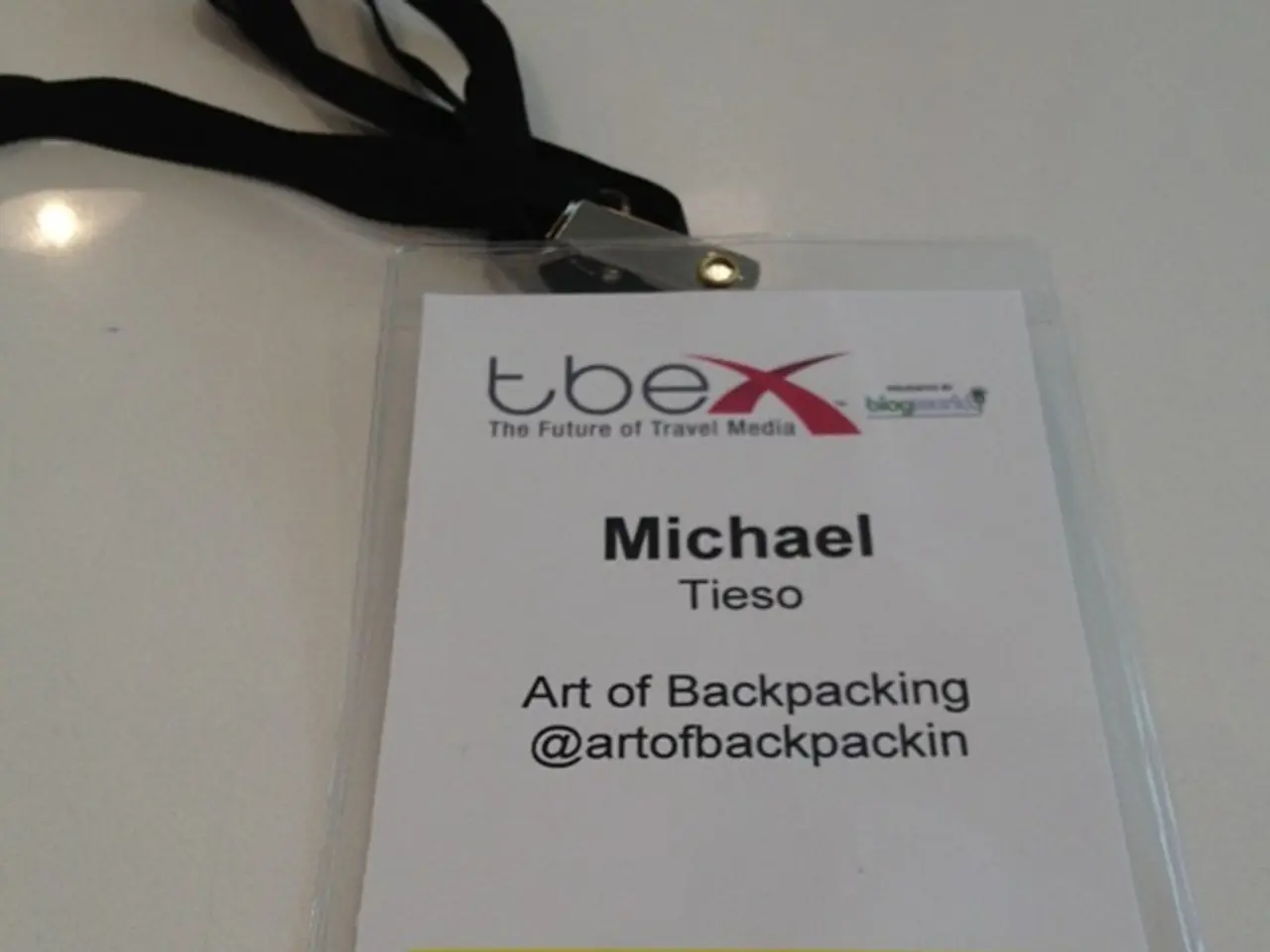Instructional Video Content: Understanding the Concept of Explainer Videos, Including Various Examples and Styles
In the digital age, where attention spans are short and competition is fierce, businesses and nonprofits are turning to explainer videos to effectively communicate their messages. These short animated or live-action videos, typically lasting between 1-3 minutes, offer a simple and engaging way to explain complex concepts, launch new products, and boost brand awareness.
The process of creating an explainer video is meticulous and thorough. It begins with a consultation and a deposit to kick off the project. The discovery phase follows, a collaborative process to understand the business, target audience, and project goals. A compelling script and concept are then developed, highlighting the goals, storyline, entrance hooks, context, and call to action.
Once the script is approved, storyboards are created to help visualise the story's unfolding. Design and illustration are done after the storyboard is approved, and the final look of the video is determined. The choice of animation style depends on the goals, target audience, and the most ideal style to use. Common styles include character animation, motion graphics, 3D animation, live action videos, 2.5D animation, and whiteboard videos.
Voiceover is often used in explainer videos, and recommended voiceover talent is provided. The animation is then brought to life with explainer video animation. Sound effects are added by the sound designer, adding depth and enhancing the overall experience.
Every stage of the process comes with 3-5 rounds of revisions, ensuring the final product meets the client's expectations. Once the video is complete and payments are settled, the client has full copyrights to the video content. The final video explainer is then delivered, and the client receives a link to download the files.
Explainer videos serve a multitude of purposes. They are widely used by businesses, government departments, and nonprofits due to their effectiveness. Common use cases include simplifying complex information, educating and training, marketing and brand awareness, supporting sales and conversions, building trust and credibility, enhancing online visibility and SEO, and internal communication and corporate overviews.
For businesses, explainer videos can increase website conversions by up to 80%. They are great sales tools and for creative storytelling that connects with the audience on a personal level. For nonprofits, they can raise awareness or funds, educate audiences, and train staff.
In conclusion, explainer videos are versatile tools for communication, marketing, education, and engagement across both business and nonprofit sectors. They enable clear, concise storytelling tailored to diverse audiences and goals, connecting with the audience on a personal level and inspiring action.
In the realm of education-and-self-development, an explainer video can be an effective medium for simplifying complex ideas and concepts. Leveraging lifestyle and technology, these videos are designed to cater to the fast-paced digital age, offering a quick, engaging way to absorb information.
As we delve deeper into the world of technology, businesses and nonprofits can harness the power of explanation videos to boost their education-and-self-development content, making learning an enjoyable and efficient process for their audience.




